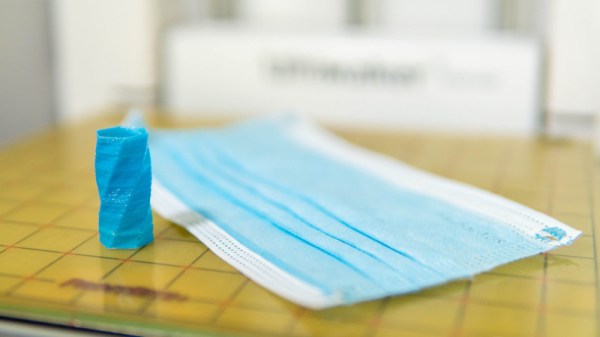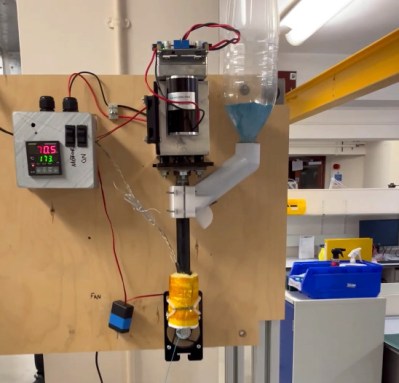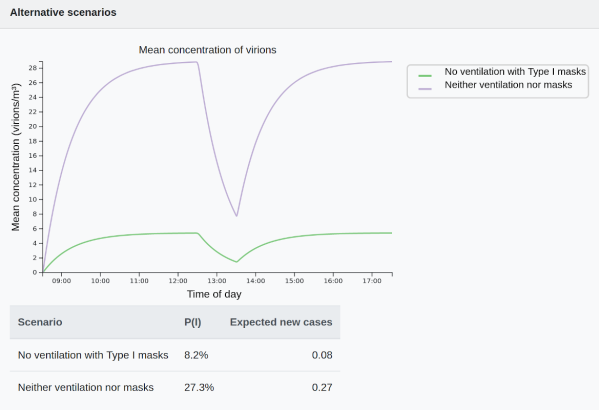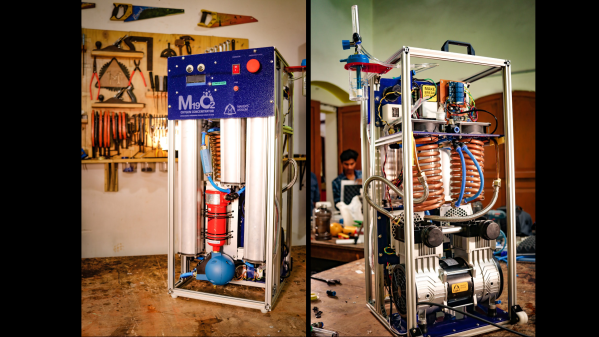While the COVID-19 pandemic wasn’t an experience anyone wants to repeat, infections disease experts like [Dr. Pardis Sabeti] are looking at what we can do to prepare for the next one.
While the next pandemic could potentially be anything, there are a few high profile candidates, and bird flu (H5N1) is at the top of the list. With birds all over the world carrying the infection and the prevalence in poultry and now dairy agriculture operations, the possibility for cross-species infection is higher than for most other diseases out there, particularly anything with an up to 60% fatality rate. Only one of the 70 people in the US who have contracted H5N1 recently have died, and exposures have been mostly in dairy and poultry workers. Scientists have yet to determine why cases in the US have been less severe.
To prevent an H5N1 pandemic before it reaches the level of COVID and ensure its reach is limited like earlier bird and swine flu variants, contact tracing of humans and cattle as well as offering existing H5N1 vaccines to vulnerable populations like those poultry and dairy workers would be a good first line of defense. So far, it doesn’t seem transmissible human-to-human, but more and more cases increase the likelihood it could gain this mutation. Keeping current cases from increasing, improving our science outreach, and continuing to fund scientists working on this disease are our best bets to keep it from taking off like a meme stock.
Whatever the next pandemic turns out to be, smartwatches could help flatten the curve and surely hackers will rise to the occasion to fill in the gaps where traditional infrastructure fails again.



















